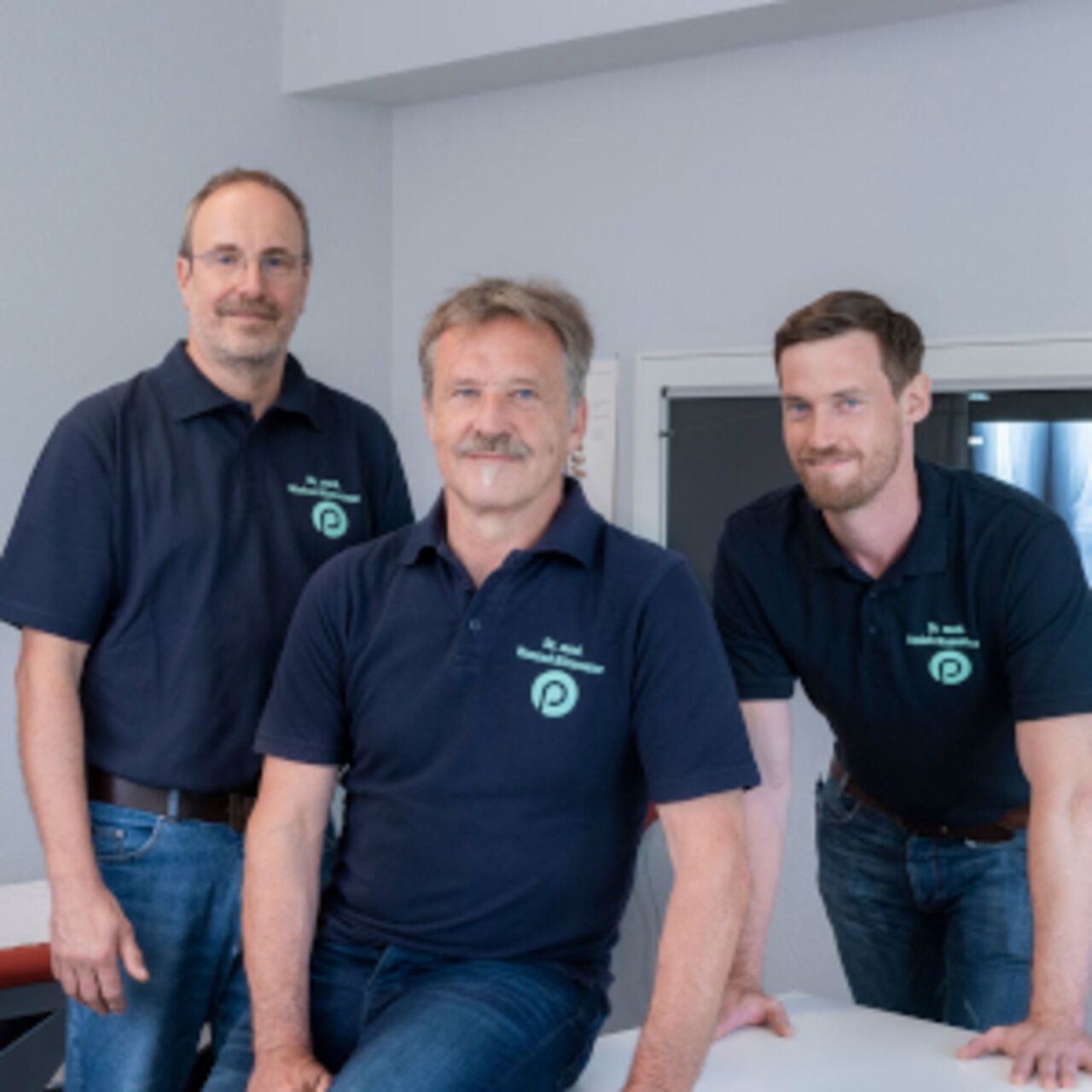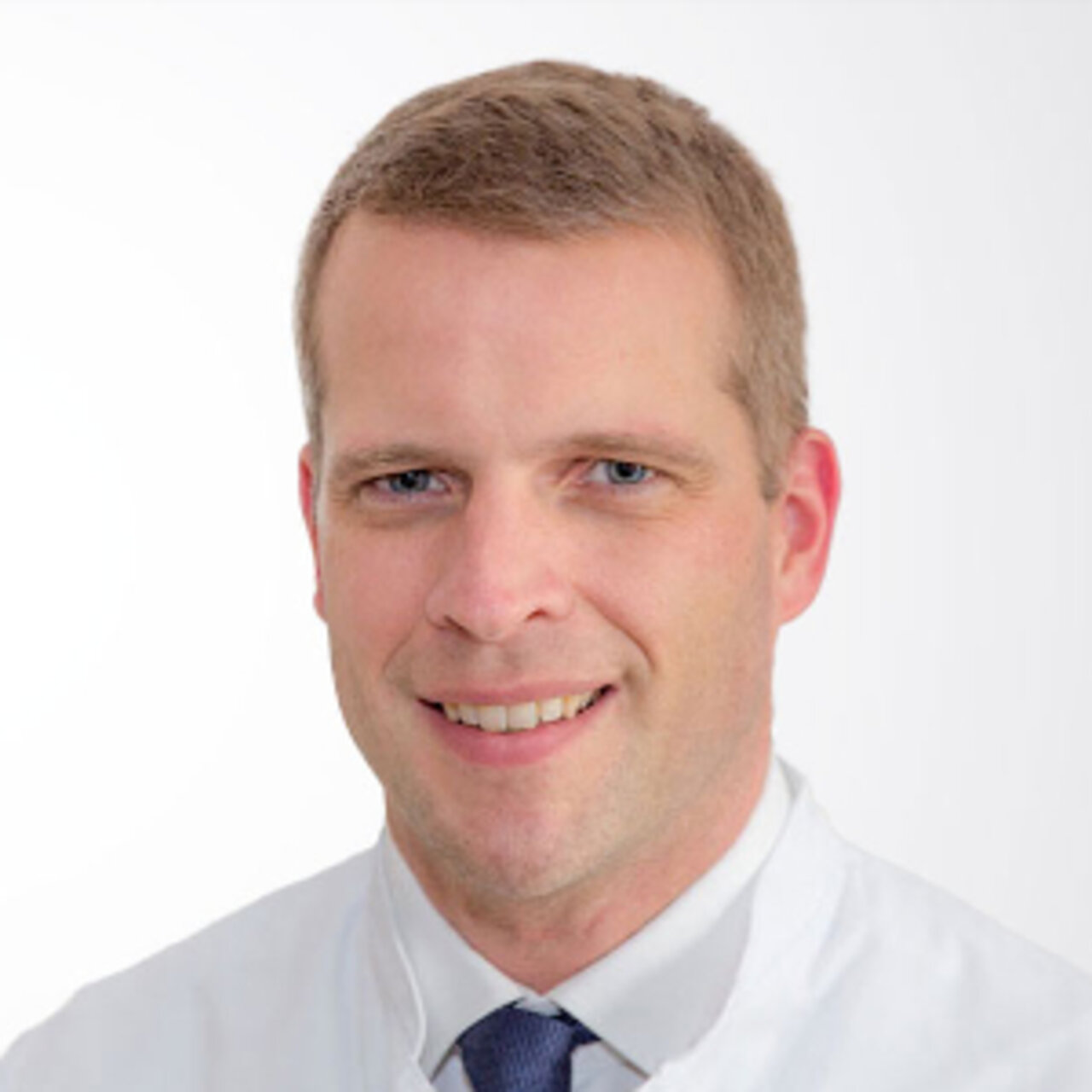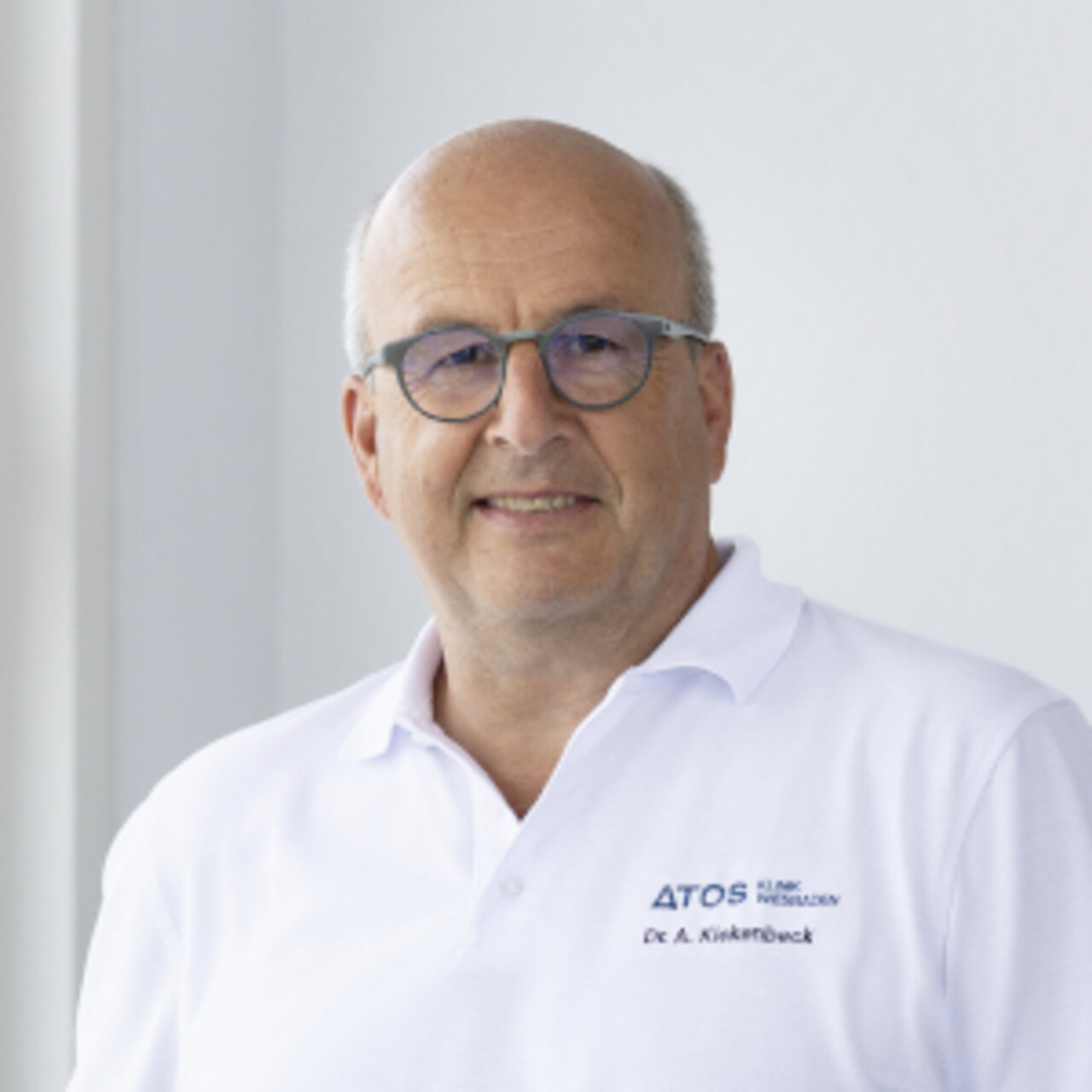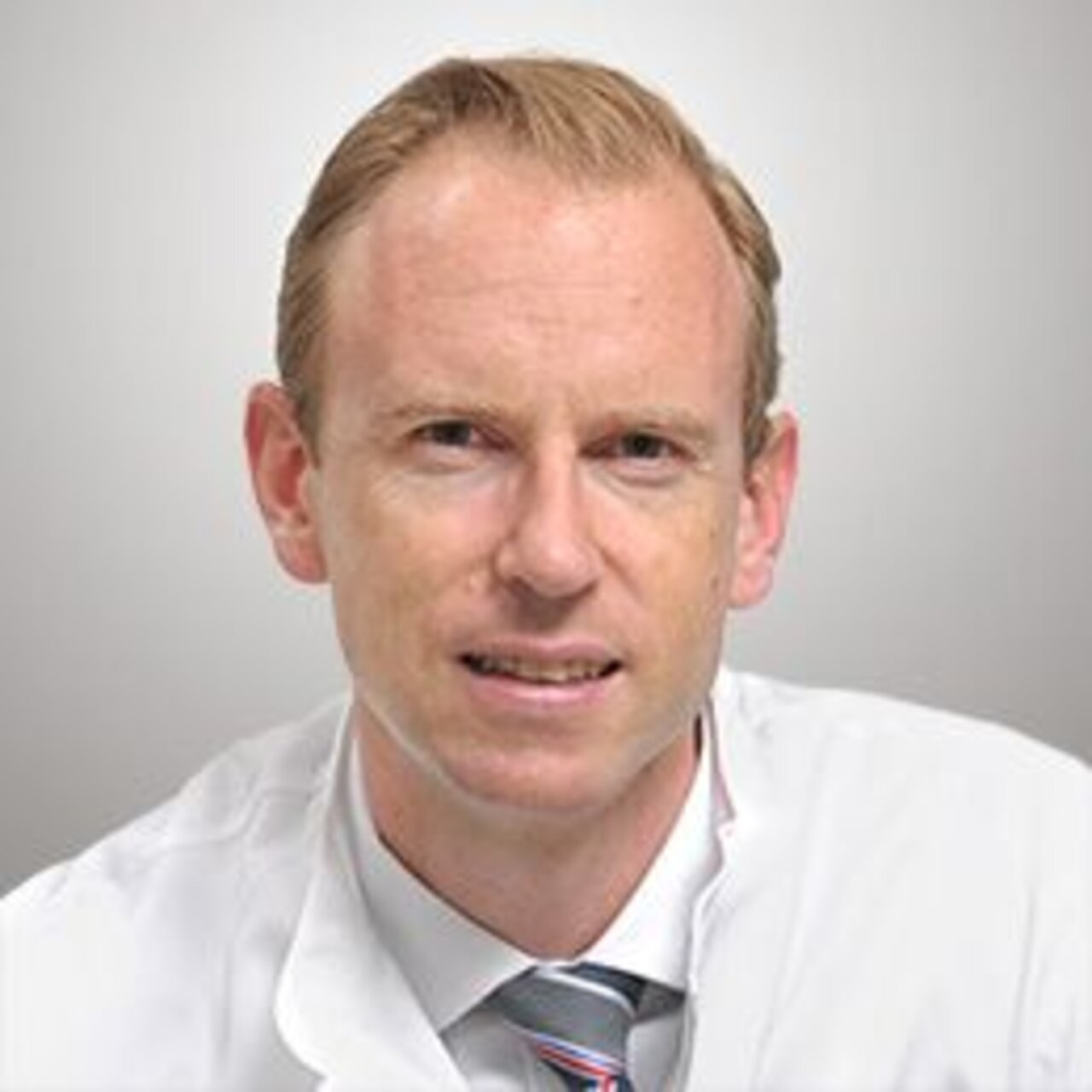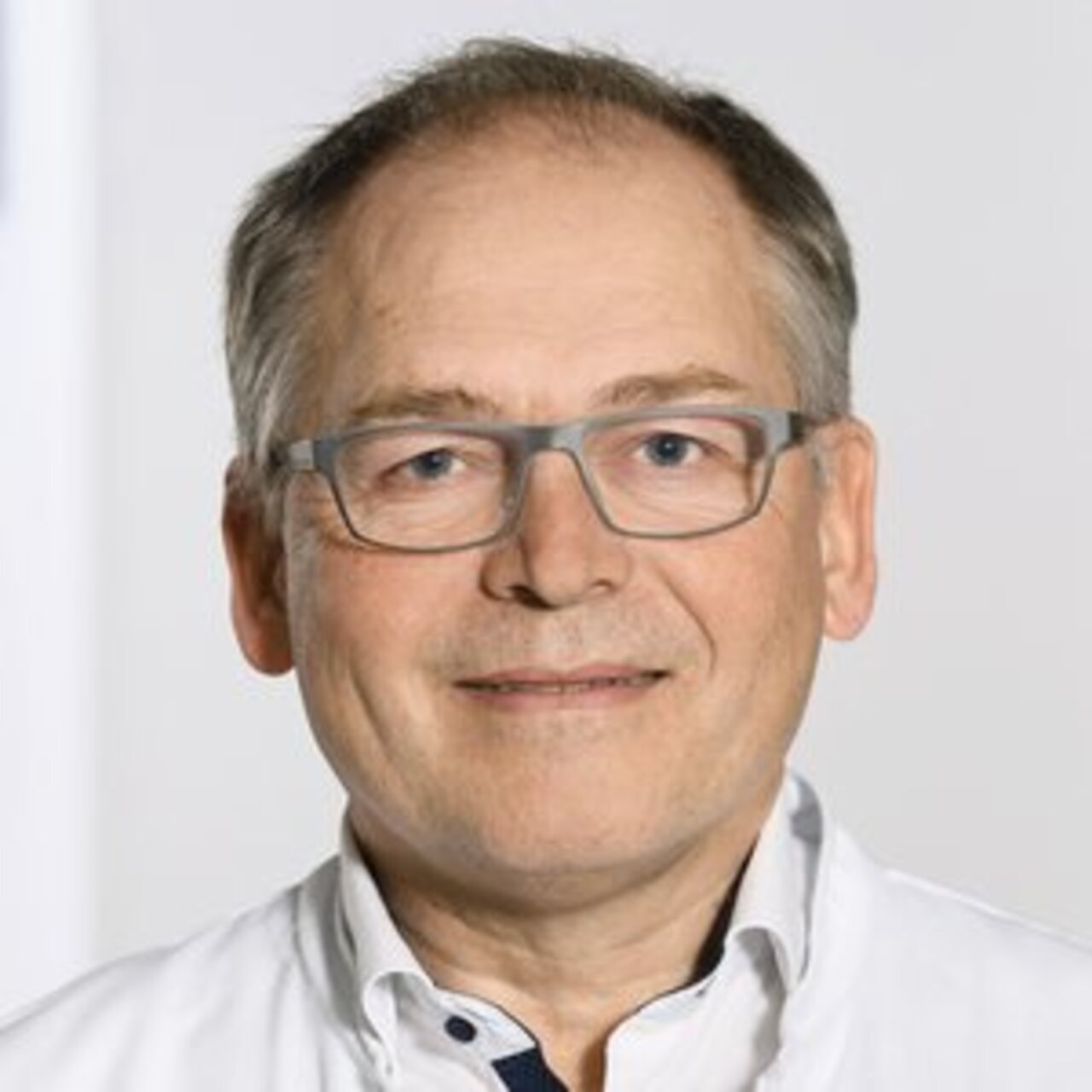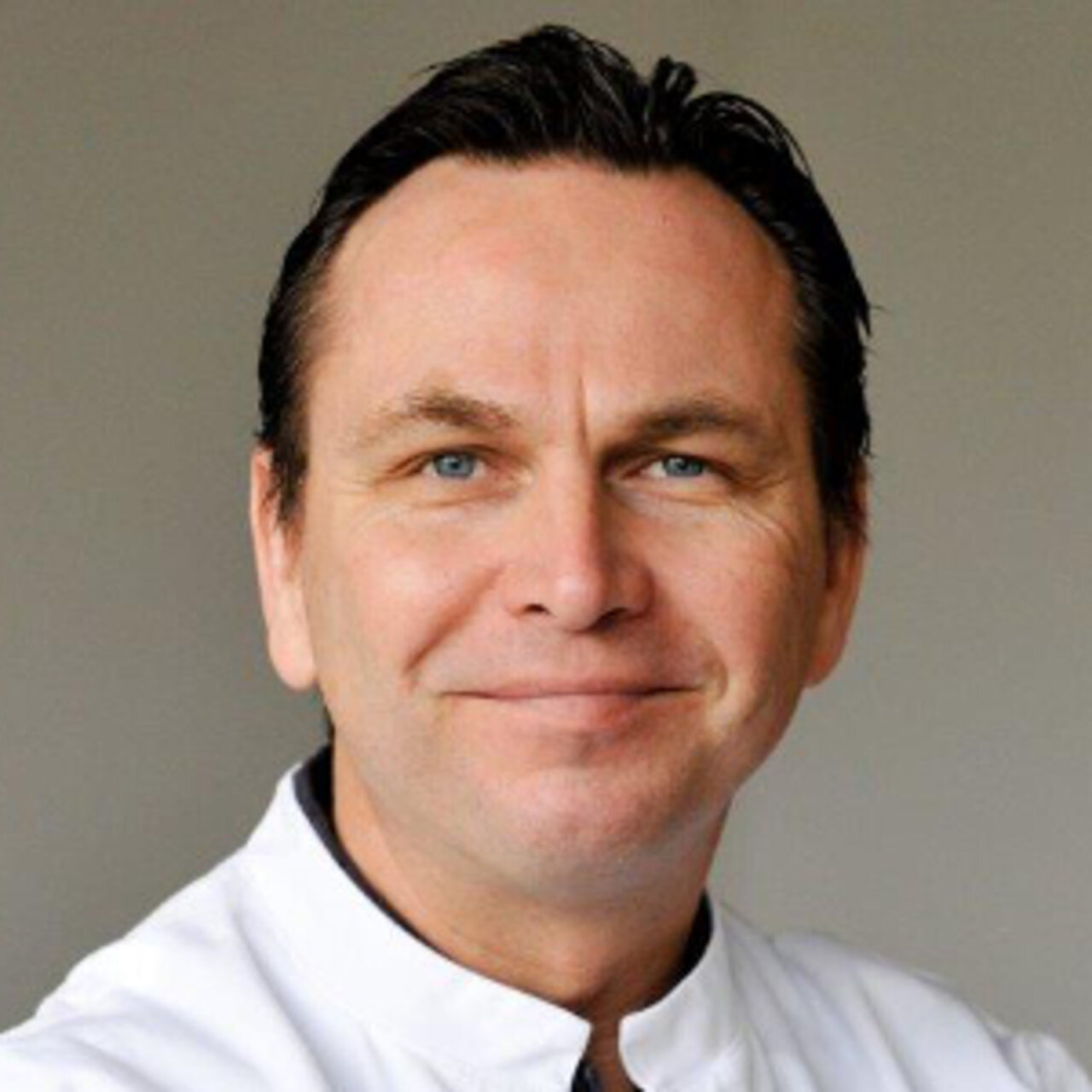Specialists in Rotator Cuff Rupture
8 Specialists found
Information About the Field of Rotator Cuff Rupture
What Is a Rotator Cuff Rupture?
A group of four muscles consisting of the infraspinatus, subscapularis, supraspinatus, and teres minor is grouped as the so-called rotator cuff located around the shoulder joint. A rotator cuff tear is the rupture of one or more muscles or tendons of this group.
Depending on the extent of the tear, it can sometimes lead to massive functional limitations of the shoulder joint because the rotator cuff is not responsible for the movement of the shoulder joint but is significantly involved in stabilizing the joint. This is because the round humeral head is not firmly embedded in the joint socket. Instead, it rests on it and is primarily stabilized by the strong rotator cuff and a labrum.
How Is a Rotator Cuff Rupture Noticed?
A rotator cuff rupture is specifically noticeable to the patient as shoulder pain with limited range of motion, depending on the type of rupture, which can be smaller or larger, partial, or complete, stabbing pain sets in, especially during overhead movements, and often radiates into the upper arm. In addition, patients often complain of nocturnal discomfort, especially when sleeping on the affected side.
Causes and Diagnosis
The muscles and especially the tendons of the rotator cuff are subjected to heavy strain over the years and are sometimes significantly stressed. This causes wear and tear on the tissue, making the tendons and muscles less resistant. An accident, an overloading activity, or even an everyday movement is often enough to cause the stressed tendon to tear.
However, even a healthy rotator cuff can rupture, such from accidents or sports injuries.
How Is a Rotator Cuff Rupture Treated?
A rotator cuff rupture can be weaker or more severe, and, depending on the clinical picture, conservative treatment may already help some patients where surgery may become necessary for others.
Conservative Therapy
It is certain that a rotator cuff rupture cannot heal on its own and will persist despite conservative therapy. Therefore, the aim is to strengthen the remaining muscles of the rotator cuff as part of physiotherapy. In this way, the damaged muscle that inevitably fails should be compensated for by the surrounding muscles and help the shoulder joint regain stability and mobility. However, especially for younger and active patients, the result is often not satisfactory, and they would like to restore their shoulder function fully. In such cases, surgical refixation of the torn rotator cuff becomes the only option.
Rotator Cuff Rupture Surgery
In modern medicine, minimally invasive arthroscopic rotator cuff suturing is the most reliable and promising method. In this procedure, a few tiny incisions are made in the shoulder, and a camera and several special instruments are inserted into the shoulder joint through them. First, the shoulder joint condition is carefully inspected, paying particular attention to the integrity of the labrum, the joint surfaces, and the rest of the rotator cuff. The tear is then thoroughly examined to assess better how it can be sutured and refixed. Scarring and inflammatory changes may need to be removed. Then the torn edge of the tendon is sutured with special, exceptionally resilient sutures so that the torn tendon can be pulled to the original anchorage point. To fix it firmly, several bone anchors are needed, depending on the size of the defect. These hold the sutures in place and are driven into the humeral head by traction. Finally, the surgeon checks whether the anchors and sutures are optimally placed and stable.
Rarely rotator cuff ruptures are treated in open surgery since collateral damage to neighboring structures, especially healthy muscle and tendon tissue is unavoidable.
Prognosis and Follow-Up
Due to the low complication rate, rapid recovery after surgery, and prompt restoration of shoulder mobility, arthroscopic suturing is a safe and promising therapy. In addition, the patient is left with only small scars, which usually heal well and are hardly noticeable outward.
Depending on the size of the tear and the extent of the surgery, the patient remains in hospital for up to two days after the operation. Passive physiotherapy should be started as early as the day after the intervention to prevent adhesions of the joint at an early stage and to keep the shoulder "free."
Further follow-up care is coordinated individually with the attending physician and depends on the injury's severity. In most cases, the arm must be immobilized in a sling for about 4 weeks but continuously moved passively. This is done as part of physiotherapy.
Which Doctors and Clinics Are Specialized in the Diagnosis and Treatment of a Rotator Cuff Rupture?
Orthopedists and sports physicians are the right professionals to contact for shoulder complaints. In particular, a rotator cuff rupture can cause long-term problems and should therefore be examined by an expert, possibly one with a focus on the shoulder.
We help you find an expert for your condition. All listed doctors and clinics have been checked by us for their outstanding specialization in rotator cuff tears and are awaiting your inquiry or treatment request.



